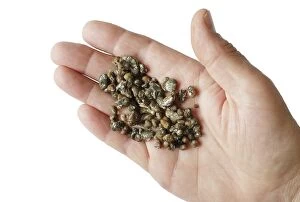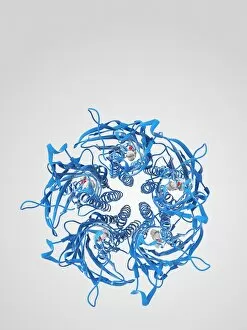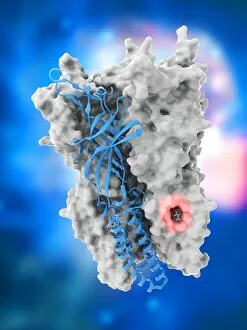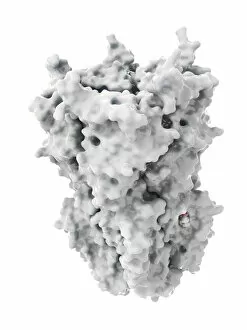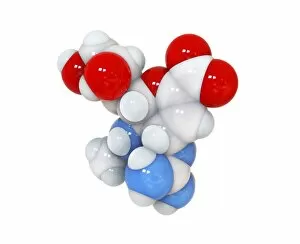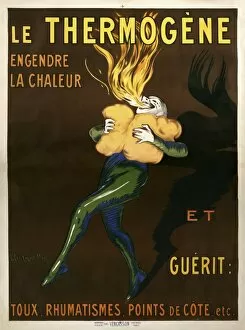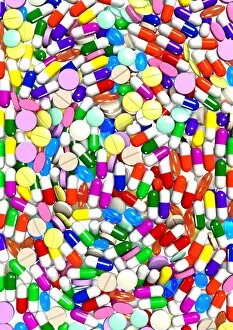Pharmacological Collection (page 3)
"Exploring the Pharmacological World: From Ancient Remedies to Modern Miracles" Step into the fascinating realm of pharmacology
All Professionally Made to Order for Quick Shipping
"Exploring the Pharmacological World: From Ancient Remedies to Modern Miracles" Step into the fascinating realm of pharmacology, where science and art intertwine to shape our understanding of medicine. Delve into a captivating journey through time as we uncover intriguing hints about various pharmaceutical wonders. In 1912, an artwork titled "The Pharmacy" takes us back in time, depicting a bustling scene filled with potions and remedies. Little did they know that years later, scientists would discover anaesthetics like C015/6718, inhibiting ion channels and revolutionizing pain management during medical procedures. Fast forward to today, Ventolin (C018/1165) stands tall as a lifeline for asthma sufferers worldwide. Its drug molecule acts swiftly to open airways and provide relief when every breath counts. But let's not forget the humble caffeine molecule - a beloved companion in our daily lives. Whether it's fueling late-night study sessions or perking up sleepy mornings, this stimulant keeps us going when we need it most. Travel further back in history to the 13th century Persian pharmacy artwork. Here lies evidence of ancient wisdom passed down through generations – herbal concoctions and elixirs that laid the foundation for modern medicine. Beyond mere illustrations lies satire; behold an artwork mocking medical prescriptions. A reminder that even amidst serious matters, humor finds its place within healthcare systems across cultures. Shifting gears towards diabetes management brings Januvia into focus. This remarkable drug molecule (C018/1170) aids countless individuals by regulating blood sugar levels effectively. Meanwhile, praziquantel emerges as a potent weapon against parasites wreaking havoc on human bodies. With its targeted action against these invaders, it offers hope for those affected by diseases such as schistosomiasis. Witness doctors diligently writing prescriptions – their words holding immense power in guiding patients towards healing paths tailored specifically for them.


